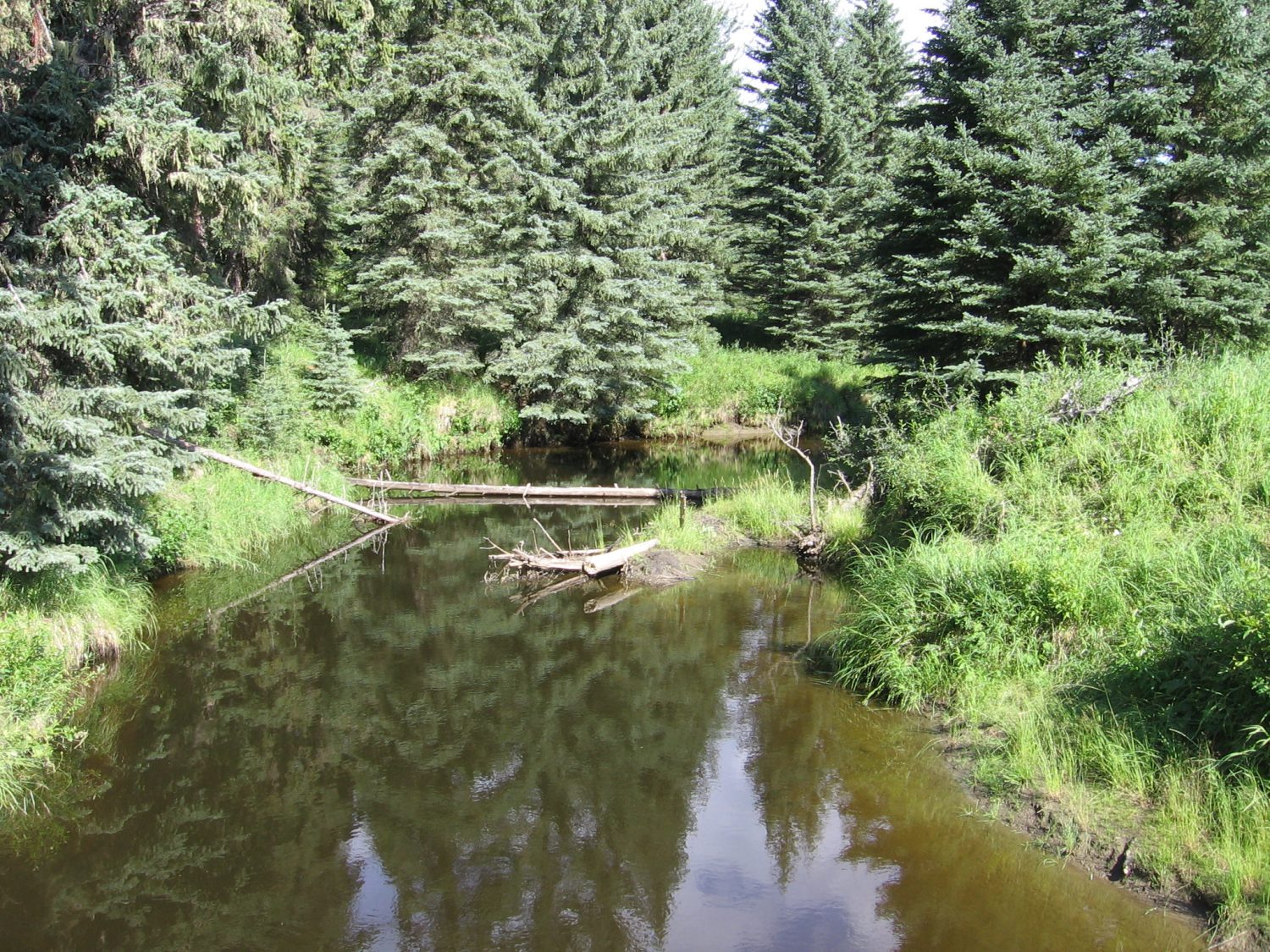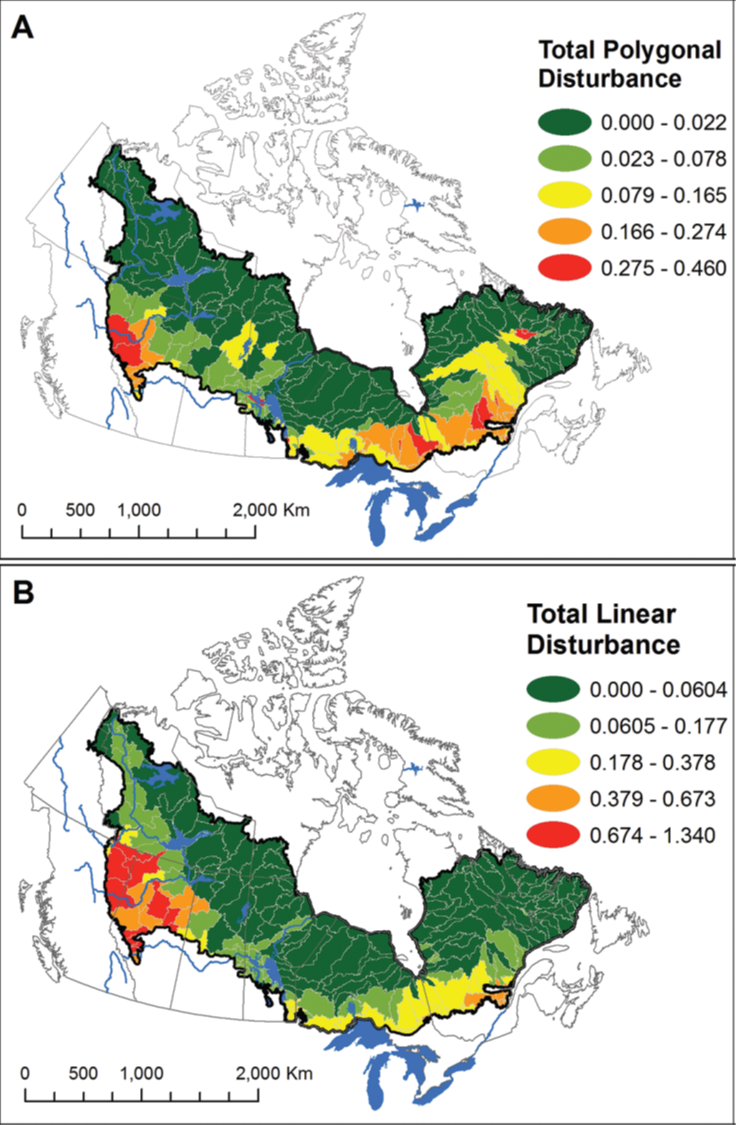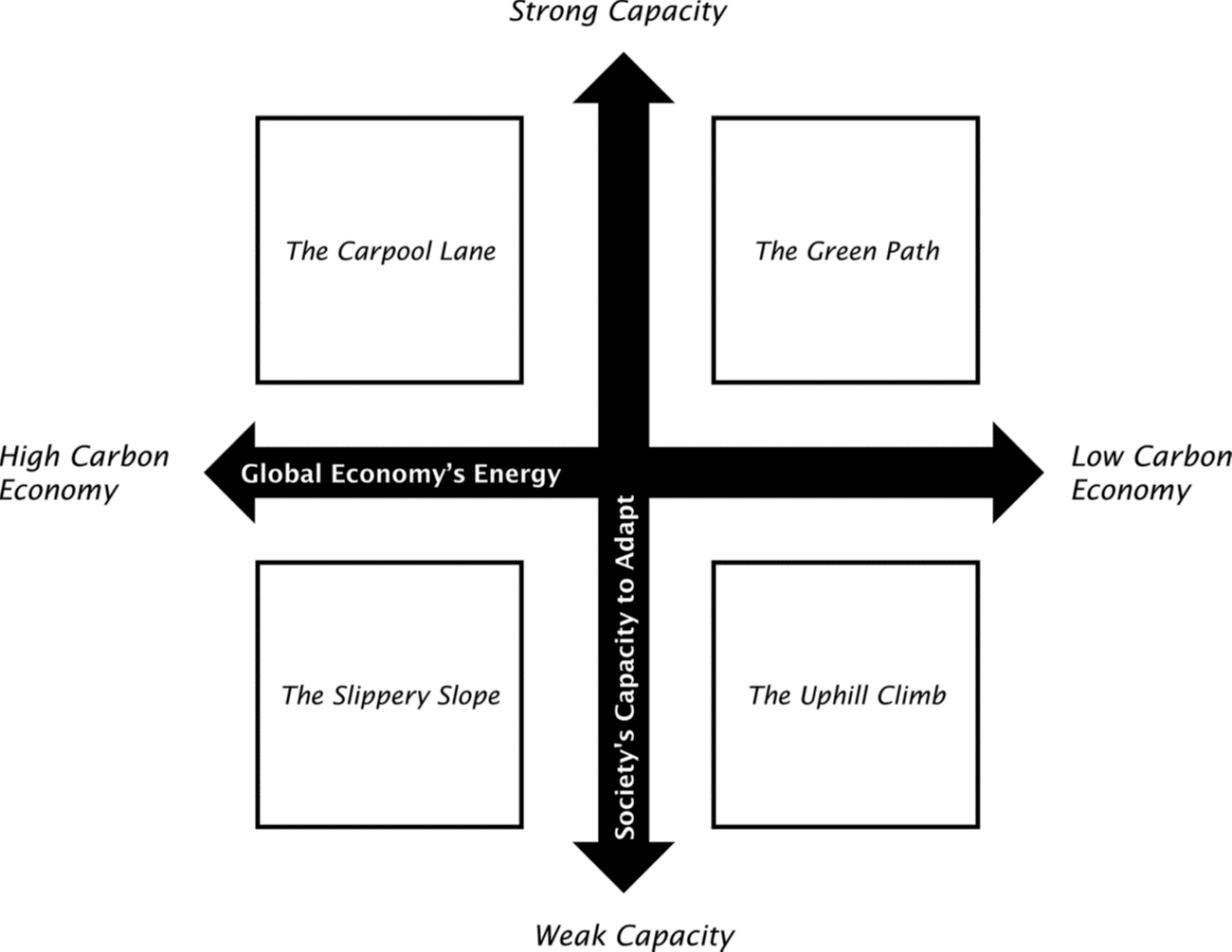Overview
Initiatives such as Ecosystem Based Management promote a transition from a status quo way of caring for forests to some new, and presumably better approach. Regardless if they promise improvement, transitions are inherently risky. The Boreal 2050 Project, although not expressly about EBM, was all about evaluating and ultimately managing risk in changing landuse in Canada’s boreal region. The approach was to bring diverse experts together to create planning scenarios and predict social and ecological consequences of policy decisions.

Photo credit: West Fraser
Background
How natural is the natural range of variation? A premise of EBM is that we know how variable ecosystems are over time so that we can manage them to fit within this range. Climate change challenges this notion as ecosystems adapt to conditions beyond this NRV. In an era of climate change, can we consider that modern NRV is accurately reflected by patterns that existed 150 years ago?
The HEAD project asked this question using forest hydrology as a model. Water is a key driver of ecological processes in the western boreal forest. The HEAD project focused on how connections among water bodies change in response to disturbances like fire, forestry and climate change. By compiling studies conducted since the 1990’s in a well studied lake system in north-central Alberta, Dr. Kevin Devito and colleagues measured forest adaptations to moisture variation and how waterbodies connect above- and below-ground over time.
Their goal was to first understand water connectivity in this large, but well-studied region. Next, they compared their measures with what must have occurred in the past as well as how connections change in response to disturbances; forestry, fire, climate change. Finally, they created a suite of modeling tools to help industry and government foresters plan harvests that will manage groundwater resources in ways that mitigate long-term risk but retain variation within the natural range. Work continues at this site at the Utikuma Region in North-Central Alberta with research identifying how disturbances will affect peatland resiliency

Image from Musetta-Lambert et al 2018
Innovation
There are several innovations in Boreal 2050. The first was bringing together a diverse team to find solutions to achieving the Pan-Canadian Framework goals. This is always challenging as it will bring together perspectives differing in worldview and make consensus difficult. But, as demonstrated in this project, the solutions, when achieved, are robust and broad-based. Indeed, success with this innovation led to the second—a solution. Many such studies conduct risk analyses, identifying the sources of risk without taking the steps to recommending how these risks can be managed. Boreal 2050 explored risk management by identifying vulnerabilities and suggesting clear policy directions for both formal and informal governance bodies that have the greatest chance of achieving sustainable goals.
Discovery
Their results, published in a series of nine papers in 2018–2019, identify potential solutions across a range of relevant disciplines. They show how governments can ease the top-down governance approach and co-manage resources with Indigenous communities both as a way to build sustainable practices and reconciliation. Provisioning ecosystem services were found to be sufficient to meet current demand, but with future uncertainty tied to governance, societal values and climate change. The future of non-provisioning ecosystem services is complex. Success is linked to public demand, demographics in Indigenous communities, societal values, demand for provisioning ecosystem services and climate change.
Scenario analysis that explored four alternative futures with six drivers of change found that two social factors dominated outcomes. The first was the carbon intensity of global economic energy sources. Canada’s boreal forest region is a source of carbon dense fossil fuels and a transition away from their use will change it’s social, economic and ecological future. This leads to the second outcome; society’s ability to adapt to change will dictate how difficult this transition will be for boreal forest communities.
Where in the wheel?
We would like to examine the four possible outcomes through an EBM lens. The Boreal 2050 group depicted scenario outcomes as four quadrants in a plane contrasting adaptive capacity and the carbon economy (low capacity–low carbon, low capacity–high carbon, high capacity–low carbon, high capacity–high carbon). One of the most important factors driving the transition from the least to the most sustainable outcome is governance; decision-making and the role of regulators in boreal forest ecosystems. This places the Boreal 2050 project firmly in an EBM narrative. How federal and provincial governments empower local communities while guiding global outcomes will determine, in large part, which of four predicted outcomes will become reality.




